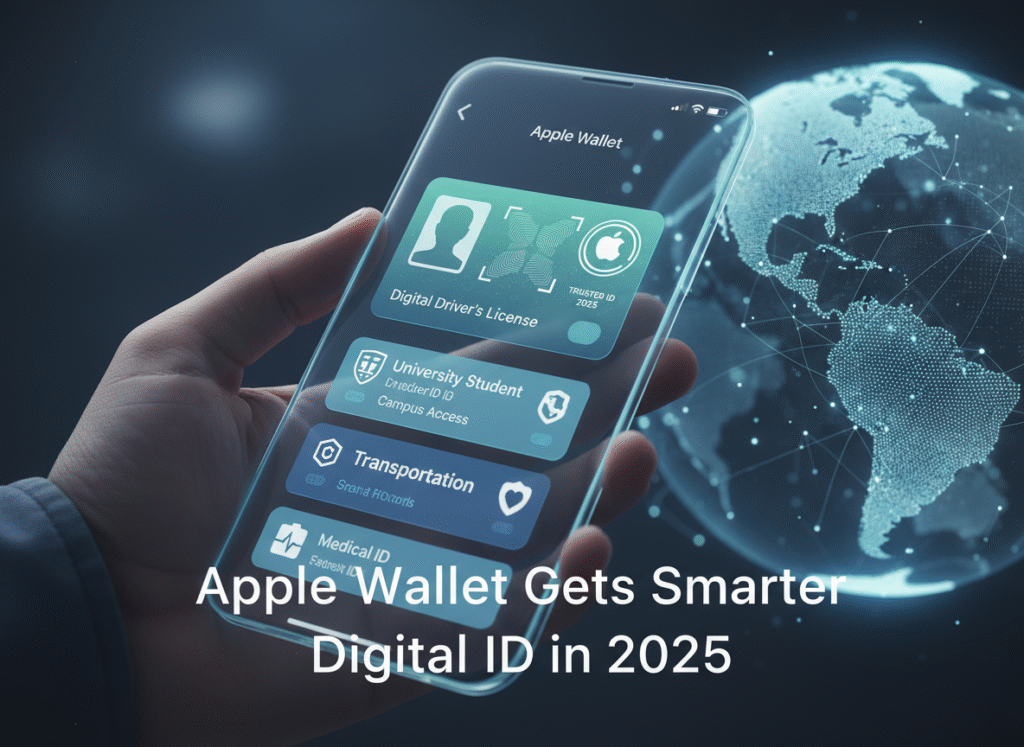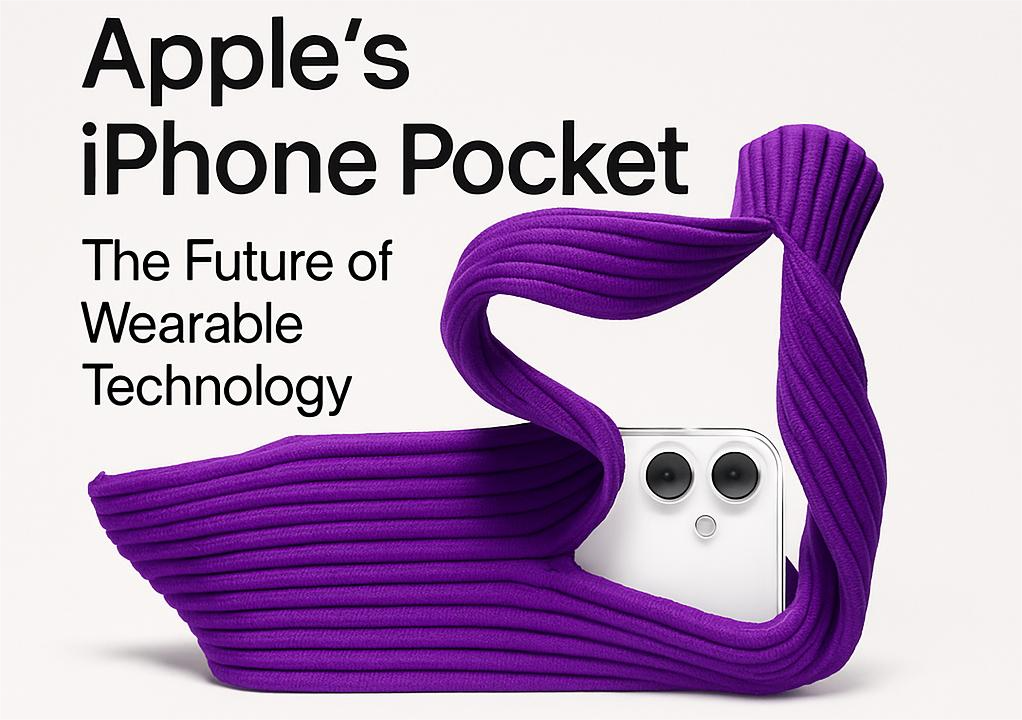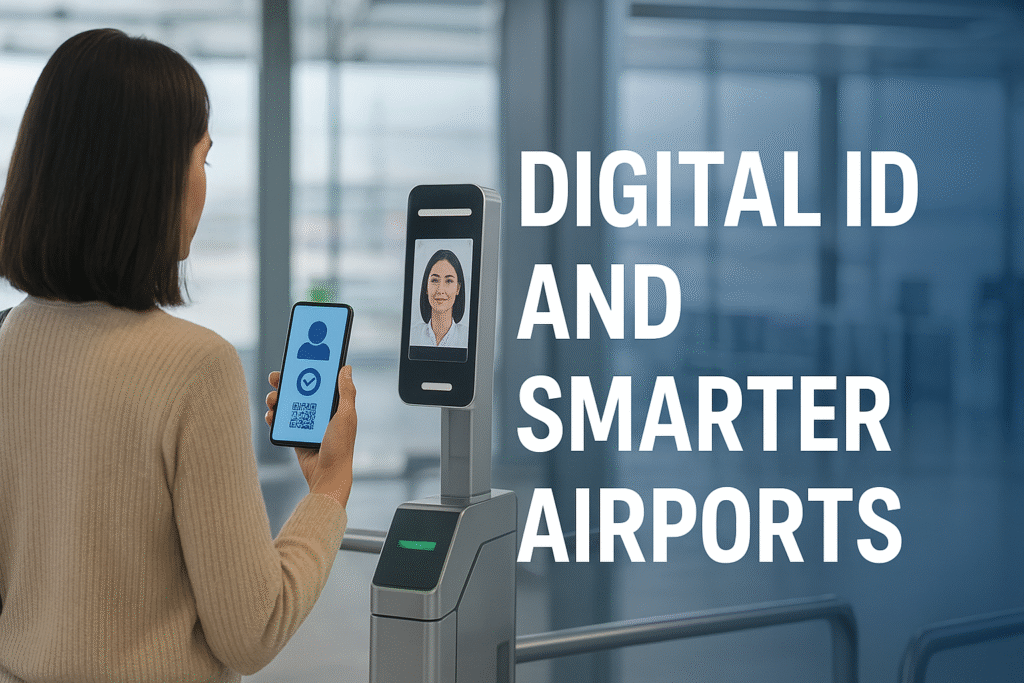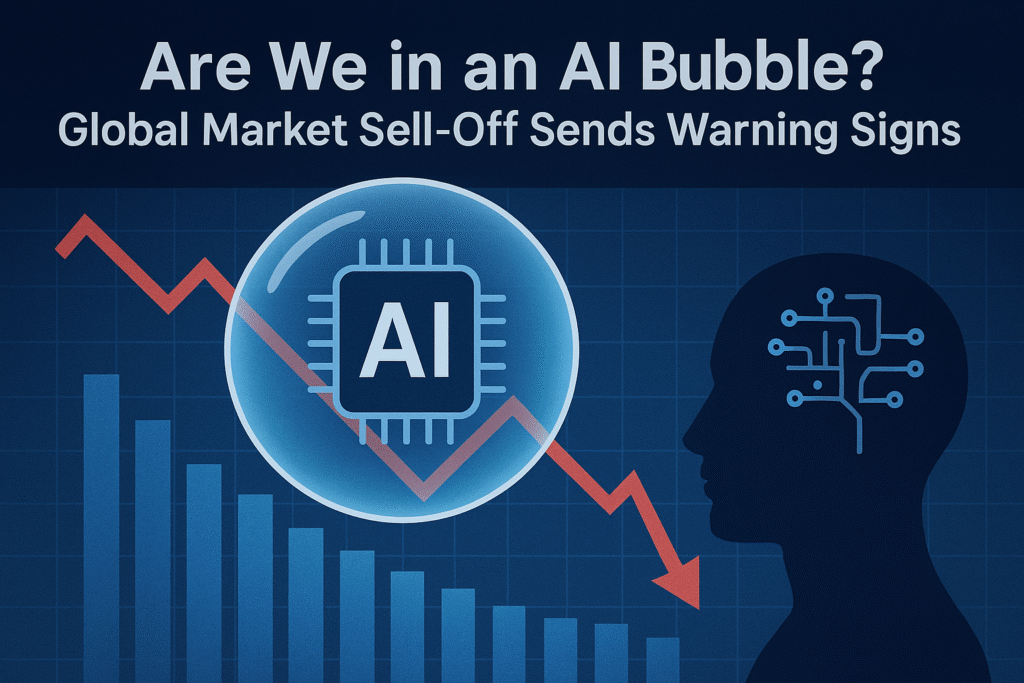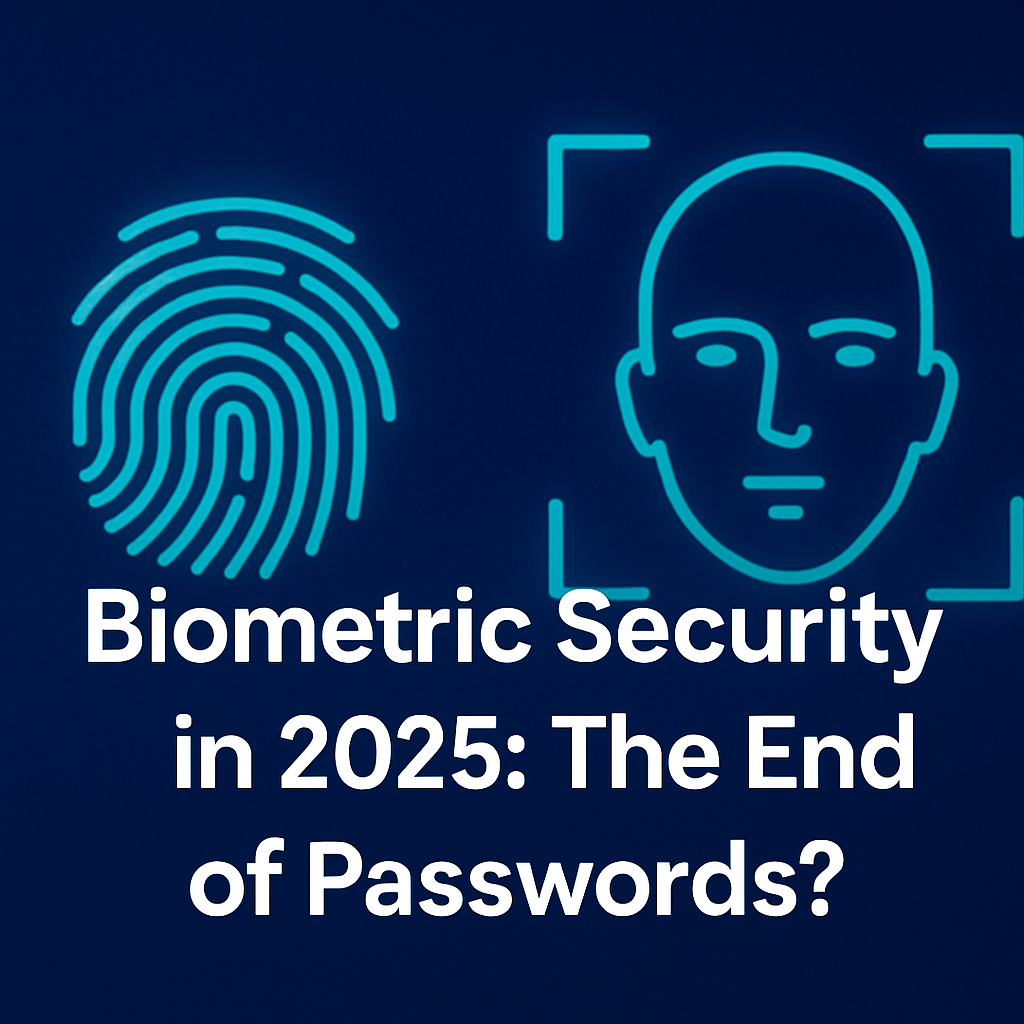
In 2025, biometric authentication is no longer just a futuristic concept—it’s fast becoming the standard for digital security. With major tech companies phasing out traditional passwords in favor of fingerprint scans, facial recognition, and even behavioral biometrics, the era of the password may finally be drawing to a close.
Why Passwords Are Failing
Traditional passwords are inherently flawed. From weak combinations like “123456” to the inconvenience of managing multiple credentials, users and organizations alike face constant risks. According to cybersecurity firm SpyCloud, over 721 million credentials were exposed in data breaches in 2024 alone. Passwords are simply no longer secure.
Biometric Tech on the Rise
Biometric systems verify identity through unique biological traits. Here are the leading types in use today:
- Fingerprint recognition: Already standard on most smartphones.
- Facial recognition: Now widely used for app logins, airport boarding, and secure banking.
- Iris and retina scans: Deployed in high-security environments like military systems and data centers.
- Voice recognition: Increasingly used in smart homes and customer service bots.
- Behavioral biometrics: Tracking patterns like typing speed and mouse movement for continuous authentication.
Major Players Shaping the Biometric Future
- Apple and Samsung continue to lead the charge with devices that prioritize biometric unlocking and app access.
- Microsoft has doubled down on Windows Hello, enabling biometric logins for PCs.
- Google is rolling out biometric APIs across Android devices and promoting passkeys via the FIDO Alliance.
- Amazon uses palm recognition (Amazon One) in its retail stores for contactless payments.
The Rise of Passkeys
Passkeys are a new, passwordless login technology supported by Apple, Google, and Microsoft. Instead of typing a password, users verify themselves using biometrics stored securely on their device. These credentials can’t be reused or phished, offering a major security upgrade.
Benefits of Going Passwordless
- Security: Biometric data is nearly impossible to replicate.
- Convenience: No more remembering or resetting passwords.
- Speed: Faster access to devices, apps, and services.
- Reduced phishing risk: Biometric data isn’t shared with websites or stored on central servers.
Risks and Concerns
Despite the advantages, biometric security isn’t flawless:
- Privacy: How companies store and use biometric data raises serious concerns.
- Hacking: While harder to replicate, stolen biometric templates (e.g., from a database breach) cannot be changed like a password.
- False positives/negatives: Errors in recognition systems could block legitimate users or allow unauthorized access.
What’s Next?
As biometric adoption grows, expect tighter regulations, improved on-device storage (e.g., secure enclaves), and AI-driven authentication systems. Governments are also exploring digital identity frameworks that rely entirely on biometrics.
Final Thoughts
The shift from passwords to biometrics is well underway in 2025. While it may not be the absolute end of passwords just yet, we’re entering a new age of identity verification—one where your fingerprint or face may be the only key you’ll ever need.
